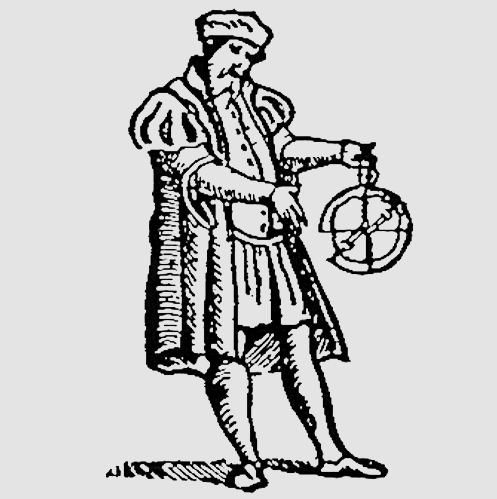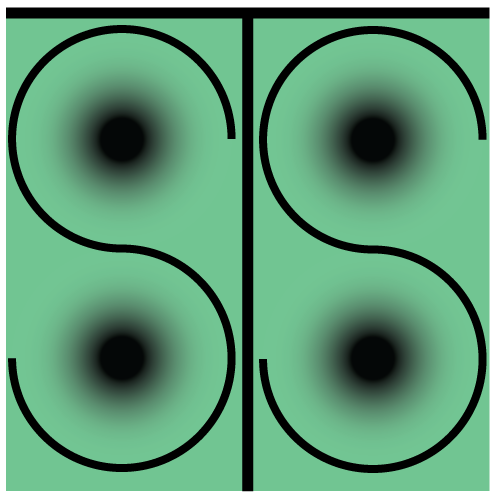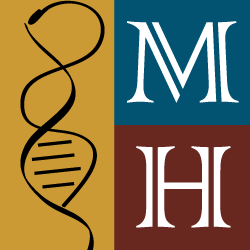Date/Time
Wednesday
17 Oct 2012
12:00 pm - 1:30 pm
Location
470 Stephens Hall
Event Type
Brownbag
Patrick Coffey
Visiting Scholar, Office for History of Science and Technology
Napalm killed more Japanese in World War II than did the two atomic bomb blasts. Invented in 1942, by Julius Fieser, a Harvard organic chemist, napalm was the ideal incendiary weapon: cheap, stable, and sticky—a burning gel that stuck to roofs, furniture, and skin. The U.S. Army’s Chemical Warfare Service tested it against reproductions of German and Japanese workers’ housing—detailed reproductions, designed by German and Japanese émigré architects and stocked with authentic clothing in the closets, children’s toys, overstuffed German furniture, and tatami mats.
Fieser became involved in “Project X-Ray,” a scheme to drop millions of hibernating bats, with tiny napalm time-bombs stapled to their chests, over Japanese cities, where the bats would roost in the attics of homes and factories and start uncontrollable blazes a few hours later.
The bat-bomb project was eventually canceled, but napalm did its work. Sixty-six Japanese cities were area-bombed with napalm, and 100,000 died in the Tokyo attack alone—this despite the announced policy of the Army Air Force that it engaged only in precision bombing against military targets and did not attack civilians.
Additional sponsorship comes from: Berkeley Program in Science and Technology Studies • Office for the History of Science and Technology




